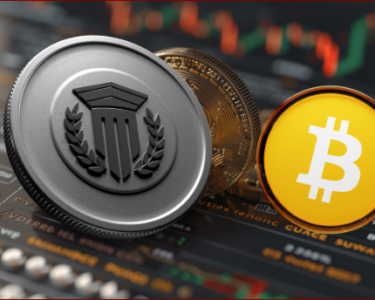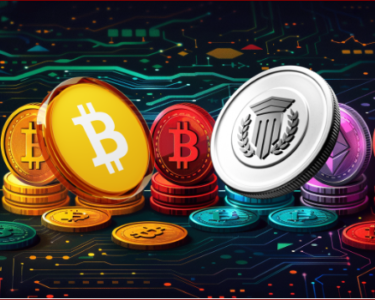The humble egg became a symbol of economic hardship when Donald Trump’s press secretary blamed Joe Biden for egg prices skyrocketing during his presidency. Inflation, in many ways, contributed to Biden’s downfall and the defeat of the Democrats.
This side of the Atlantic, the UK has been facing its own cost-of-living crisis. Inflation is a key measure for the Bank of England when it sets interest rates, affecting everything from mortgage payments to grocery bills.
When Liz Truss was briefly prime minister in October 2022, a head of iceberg lettuce cost just 59p. Fast-forward to 2025, and that same lettuce costs 72p.
The drastic increase in the price of a lettuce and just about every other food staple can be attributed to several factors.
Energy bills have increased, making it more expensive to keep supermarket lights on and trucks running. Energy ranks as the fourth-largest in-store operating expense for major UK shops, with an average annual bill of £400,000 per store.
Fuel and transport costs mean even basic items like milk and bread now come with a premium price tag.
Supply chain issues, caused by Brexit and global conflicts, have made it difficult to import and export food.
The trend known as shrinkflation means your favourite chocolate bar may well be much smaller than it used to be, though the price has remained the same. That’s because brands are subtly reducing portion sizes while keeping costs the same, so the average consumer is paying more for less.




